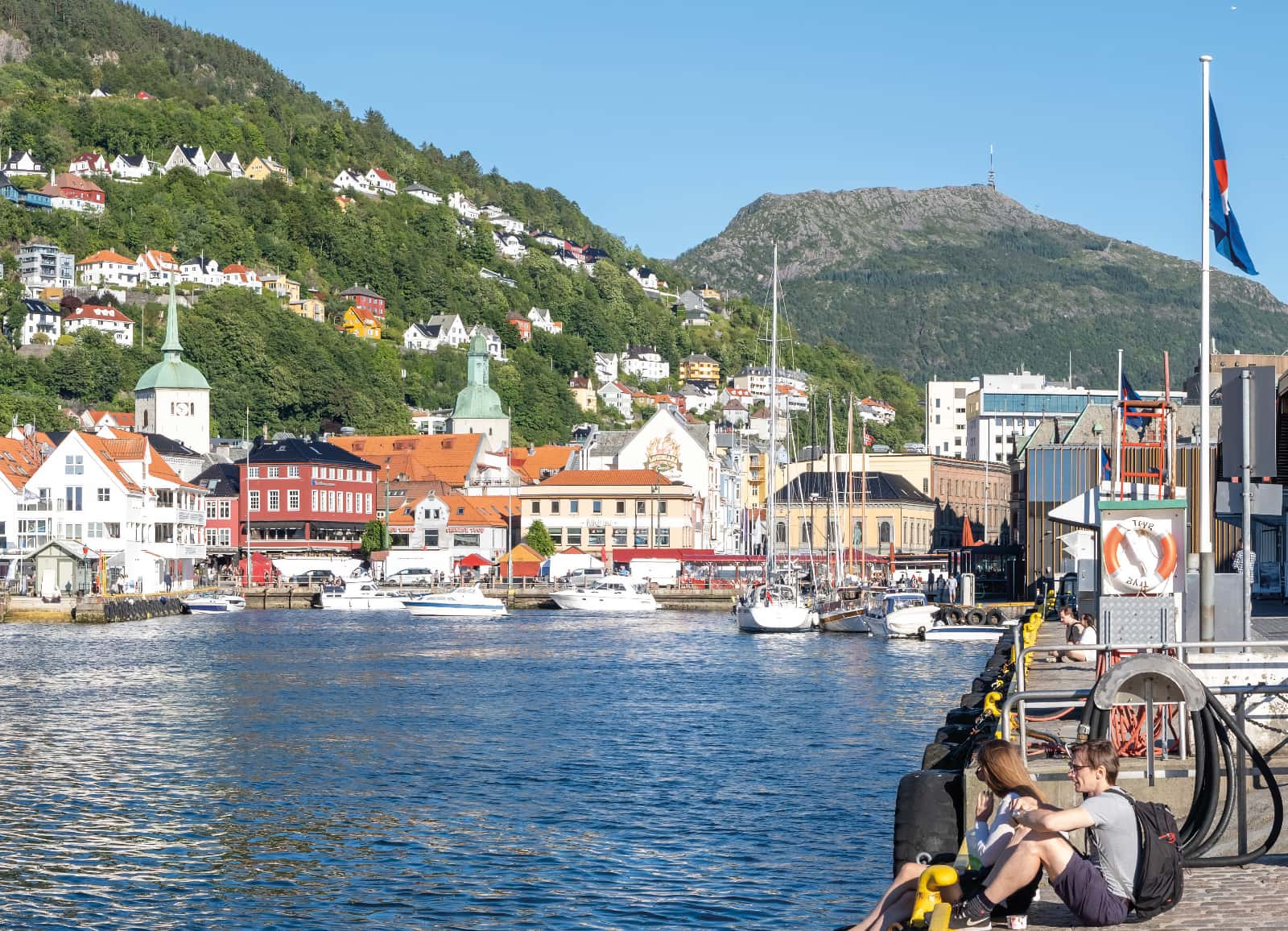Downloads
DOI:
https://doi.org/10.58981/bluepapers.2022.1.15Abstract
This case study sheds light on potential ways of embedding water-related heritage in an integrated strategy of sustainable urban development in Bergen, Norway. Particular attention is paid to the ongoing Heritage Impact Assessment (HIA) process in Bergen, which was started in 2019 to assess potential impacts of Bergen’s new transport strategy on the World Heritage site. Various HIA reports have been compiled and discussed with Bergen’s planning authorities, other experts and in a public hearing process. The municipality of Bergen has used the HIA to reconcile the preservation of the Bryggen World Heritage site and its historic harbor setting with its strategy for sustainable urban development. Hence, the HIA is serving as an essential tool to implement the UN Agenda 2030 for sustainable development.
How to Cite
Published
Issue
Section
License
Copyright (c) 2022 Michael Kloos

This work is licensed under a Creative Commons Attribution 4.0 International License.
References
Amland. 2021. ‘‘Handling Cruise Ship Passengers to Bergen after the Covid 19 Pandemic’’. Accessed 15 October, 2022. https://www.bergen.kommune.no/politikere-utvalg/api/fil/bk360/5267699/Handtering-av-cruisegjester-til-Bergen-i-etterkantav-Covid-19-pandemien-Analyse-utarbeidet-av-Amland-Reiselivsutvikling-for-Bergen-Havn-og-Visit--Bergen- (in Norwegian).
Bergen Kommune. 2020. ‘‘Strategy For The Sea Front In Bergen Central Parts’’. Accessed 15 October, 2022. https://www.bergen.kommune.no/api/rest/filer/V326015 (in Norwegian).
Bergen Kommune. 2022. ‘‘Bryggen World Heritage Site: Management Plan 2021–2025’’. https://www.bergen.kommune.no/politikere-utvalg/api/fil/bk360/5542612/ (in Norwegian).
Michael Kloos Planning and Heritage Consultancy. 2022. Heritage ‘‘Impact Assessment (HIA) of the “Planforslaget Bybanen DS/1 Kaigaten-Sandbrogaten” on the World Heritage Property Bryggen in Bergen’’. Port of Bergen. n.d. “Cruise.” Accessed October 15, 2022. https://bergenhavn.no/en/cruise-en/.




